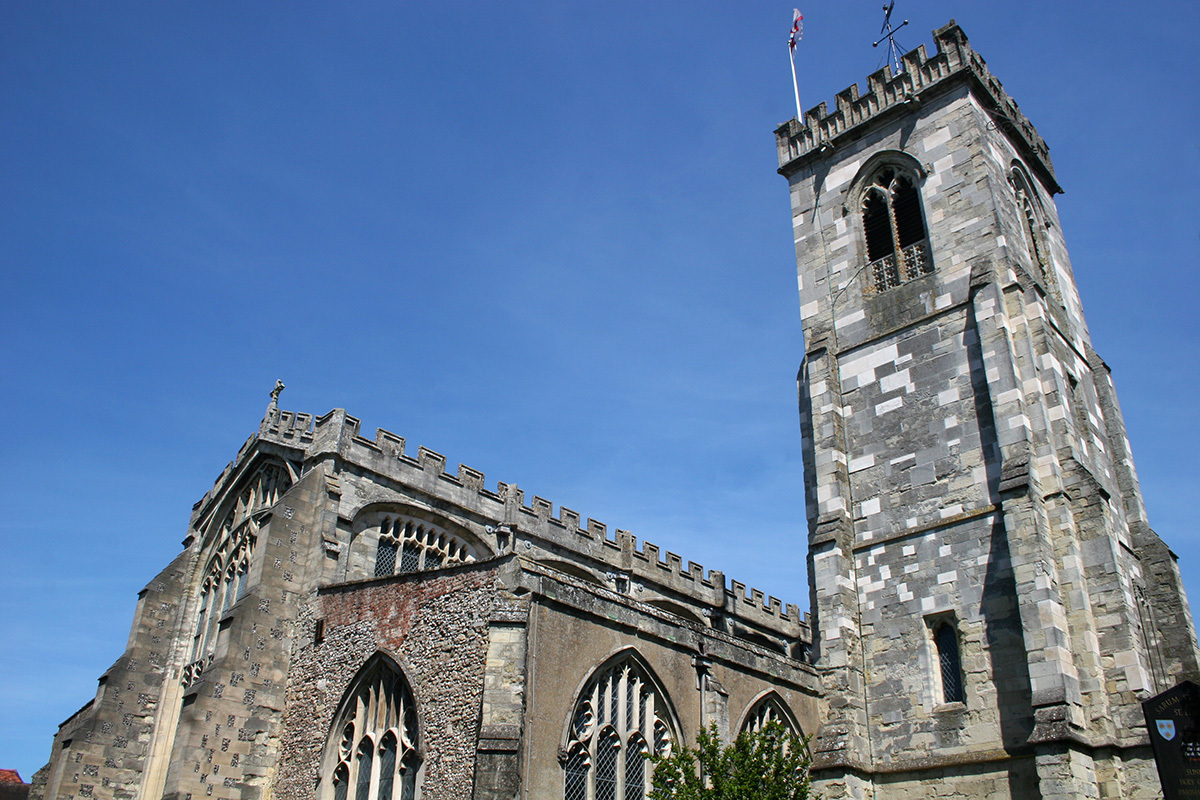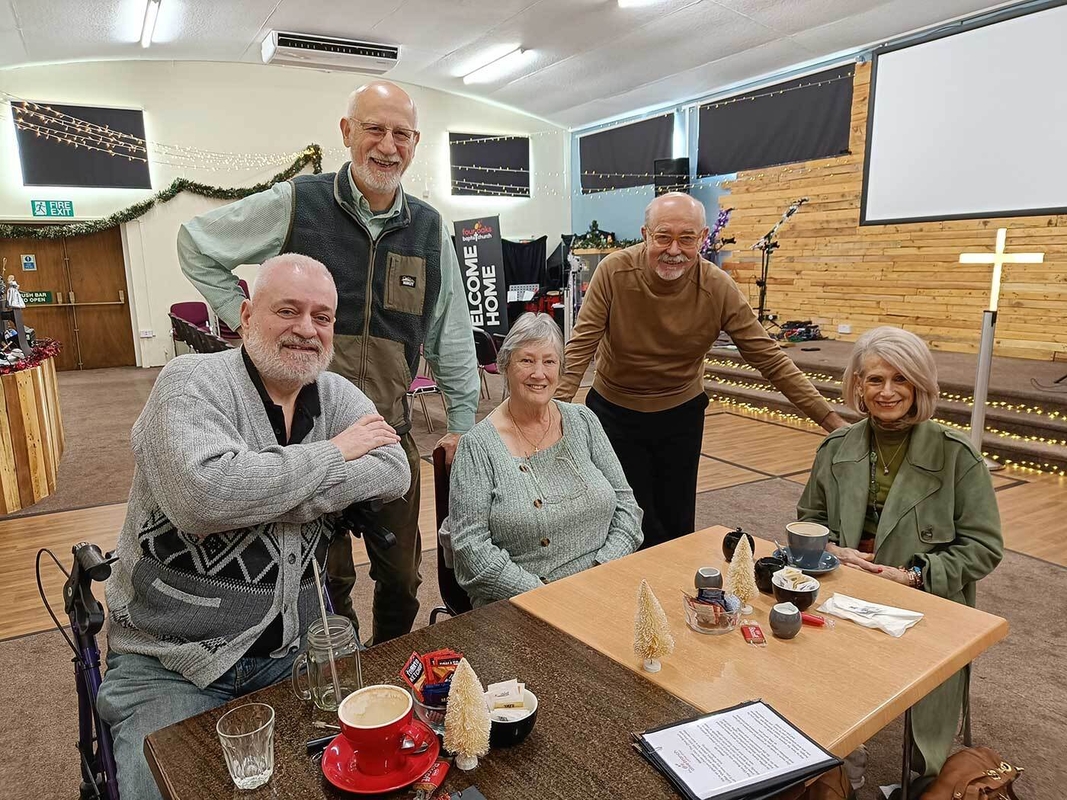
References
Bain PG. The management of tremor. J Neurology Neurosurgery & Psychiatry 2002, 72(Suppl 1): i3-i9
Deuschl G, Bain PG & an Ad Hoc scientific committee. Consensus statement of the Movement Disorder Society on tremor.
1. Tremor
Quick info:
Scope:
- This pathway covers the presentation of tremor and the diagnostic approach to differentiate between the subtypes of tremor:
- Rest Tremor
- Action tremor, which includes
- postural tremor
- simple kinetic tremor
- intention tremor
- orthostatic tremor
- task specific tremor
- isometric tremor
- a specific management approach to essential tremor is provided
- specific management of Parkinson's disease and other diseases associated with tremor (eg. multiple sclerosis) is not covered; see appropriate pathways
- other movement disorders, eg. myoclonus, chorea and dystonias are not covered by this pathway Definition:
- rest tremor is a tremor present in a body part that is not voluntarily activated and is supported against gravity
- action tremor is any tremor that is produced by voluntary contraction of a muscle. It includes postural, kinetic, intention, task specific and isometric tremor
- postural tremor is present whilst voluntarily maintaining a position against gravity
- kinetic tremor occurs during any voluntary movement. Simple kinetic tremor occurs during voluntary movements that are not target-directed
- intention tremor or tremor during target-directed movement is present when tremor amplitude increases during visually guided movements towards a target at the termination of movement and the possibility of position-specific tremor or postural tremor produced at the beginning and end of a movement has been excluded
- task-specific tremor; kinetic tremor may appear or become exacerbated during specific activities. Occupational tremors and primary writing tremor are examples of this kind of tremor
- isometric tremor occurs as a result of muscle contraction against a rigid stationary object
- diagnosis is primarily based on patient history and physical examination
- laboratory studies are required to support clinical assessment
- it is essential to differentiate tremor from other movement disorders such as myoclonus, chorea and dystonia
- tremor can cause considerable physical impairment, disability as well as social and work related handicap Incidence and prevalence:
- physiological (normal) tremor is present in all healthy individuals and may be enhanced in various conditions including anxiety stress
- essential tremor is the most common movement disorder worldwide. Its overall population prevalence varies widely from 0.8%% -22% depending on the methodologies used
2. History and examination
Quick info:
History should include the following:
- age at tremor outset (writing specimens may be helpful to compare)
- age at stepwise deterioration
- mode of onset (sudden or gradual)
- anatomical site of onset
- sequence of spread of tremor to other sites
- familial or sporadic tremor
- family history of other movement disorders or conditions (old photographs may be helpful)
- previous and current drug intake
- drug/alcohol responsiveness of tremor
In addition, past medical history, social history and systemic enquiry should all be taken.
Physical examination:
The purpose of examination is to:
- confirm anatomical location of tremor
- identify tremor components at those sites (eg. rest, postural, intention tremor)
- document tremor severity (spinal drawings or handwriting)
- identify other neurological and general medical signs
- consider patient's psychological & psychiatric state
- differentiate tremor from
- clonus
- rhythmic (l-dopa induced) dyskinesia
- epilepsy partialis continua
- rhythmic myoclonus (cortical tremor) - rarely seen
- asterixis (negative myoclonus) - rarely seen
- rhythmic stereotopies (a rhythmic repetitive, often seemingly driven, non-functional movement disorder. It may interfere with normal activities or result in self-inflicted injury) - rarely seen
3. Alert features
Quick info:
Alert features:
- any disabling tremor
- tremor related social handicap
- rapid increase in tremor severity or disability
- presence of any neurological sign other than tremor. Look for signs of:
- parkinsonism - bradykinesia, rigidity, gait, poor sense of smell
- cerebellar disease - eye movements, speech & gait
- dystonia - spasmodic torticollis, vocal dystonia, writer's cramp
- neuropathy - LMN & sensory signs, pes cavus
- drug induced dyskinesia - orofacial dyskinesia, dystonia, parkinsonism
- multiple sclerosis - optic atrophy, internuclear ophthalmoplegia, central nervous dysfunction, upper motor neurone, cerebellar & sensory signs
- Wilson's disease - kayser fleischer rings (99%), dysarthria, dystonia, ataxia, MS-like, parkinsonism, psychiatric features, hepato-splenomegaly
- myoclonus, chorea, tics etc
- development of symptoms or signs suggestive of systemic illness
7. Consider clinical classification of tremor
Quick info:
Rest tremor:
- rest tremor is present in a body part that is not voluntarily activated and is completely supported against gravity.
- main causes:
- Parkinson's disease (see pathway)
- other causes of parkinsonism
- drug-induced tremor
- dystonic tremor syndromes
- severe essential tremor
- Holmes tremor (also termed rubral)
- psychogenic tremor
- Wilson's disease Postural tremor:
- postural tremor is a tremor present whilst voluntarily maintaining a position against gravity
- main causes:
- physiological and enhanced physiological tremor
- essential tremor
- dystonic tremors
- Parkinson's disease (see pathway)
- tremor associated with multiple sclerosis
- other causes of parkinsonism
- cerebellar disorders
- neuropathic tremor
- drug & toxin induced tremor
- psychogenic tremor
- Wilson's disease Intention tremor:
- is present when tremor amplitude increases during visually guided movements towards a target at the termination of movement
- main causes:
- multiple sclerosis
- essential tremor
- cerebellar disorders
- dystonic tremor syndromes
- drug & toxin induced tremor
- Parkinson's disease (see pathway)
- other causes of parkinsonism
- neuropathic tremor
- psychogenic tremor
- Wilson's disease
Other action tremors:
- task specific tremors (writing tremor, tremulous writer's cramp, musician's tremors)
- primary orthostatic tremor (13-18Hz tremor in legs on standing)
8. Rest tremor
Quick info:
- often caused by Parkinson's disease and other causes of parkinsonism
- however, other causes of rest tremor should be considered
- head tremor at rest – manage as postural tremor
- note that tremor is quite often misdiagnosed as Parkinson's disease Features of Parkinson's disease
- typical unilateral onset of tremor in a hand and occasionally a leg
- "pill rolling tremor" rare but characteristic of Parkinson's disease
- rest tremor present in 70% of Parkinson's disease patients (practical tip - to induce rest tremor ask patient to count down from 10 out loud)
- Look for:
- facial or vocal impassivity
- reduced arm swing on walking and shoulder shrug test
- cogwheel rigidity
- bradykinesia (slow movements with decrement)
- micrographia
- postural instability
- refer to a person with expertise in Parkinson's disease prior to instigating medication Investigations:
- routine biochemistry, including thyroid function, liver function tests, calcium and phosphate
- Other possible investigations:
- to rule out Wilson's diseasecopper studies if <50 years old at onset, but still consider if >50 years
- dopamine transporter scan
- consider genetic tests in appropriate cases
10. Mixed tremor
Quick info:
- mixed rest and intention tremor, with or without postural tremor, suggests Holmes tremor (rubral).
- mixed rest and postural tremor: suggests parkinsonism tremor (postural tremor in Parkinson's disease tends to emerge gradually a few seconds after holding the arms outstretched)
- mixed postural and intention – suggests essential tremor, a dystonic tremor syndrome or cerebellar tremor
11. Postural tremor
Quick info:
- postural tremor is evident whilst voluntarily maintaining a position against gravity, for example holding the arms outstretched
- most common causes of postural tremor is normal physiological tremor and enhanced physiological tremor (consider anxiety, hyperthyroidism, alcohol, medication)
- most common cause of postural tremor seen in clinic is physiological tremor and essential tremor
- essential tremor is typically:
- postural
- bilateral (hands)
- broadly symmetrical
- may be familial
- may respond to alcohol
- Alert: Unilateral postural tremor is unusual and may reflect Parkinson's disease, dystonic tremor or an underlying central nervous system structural lesion
Investigations:
- routine biochemistry (thyroid function, protein electropheresis)
- nerve conduction studies if signs suggest a neuropathy
12. Intention tremor
Quick info:
- intention tremor is present when tremor amplitude increases during visually guided movement towards a target at the termination of movement
- intention tremor may be accompanied by postural tremor and other cerebellar signs:
- nystagmus
- dysarthria
- dysmetria
- dysdiadochokinesia
- Holmes-Stewart manoeuvre "underdamping" (have the patient rest an elbow on a table and try to flex that arm against the resistance of the examiner; when the resistance is suddenly withdrawn, the affected arm rebounds to the patient's chest, whereas the normal arm flexes only slightly, the flexion being arrested by contraction of antagonistic muscles (the triceps))
- heel shin ataxia
- ataxic gait
- consider alcohol or anticonvulsant toxicity












